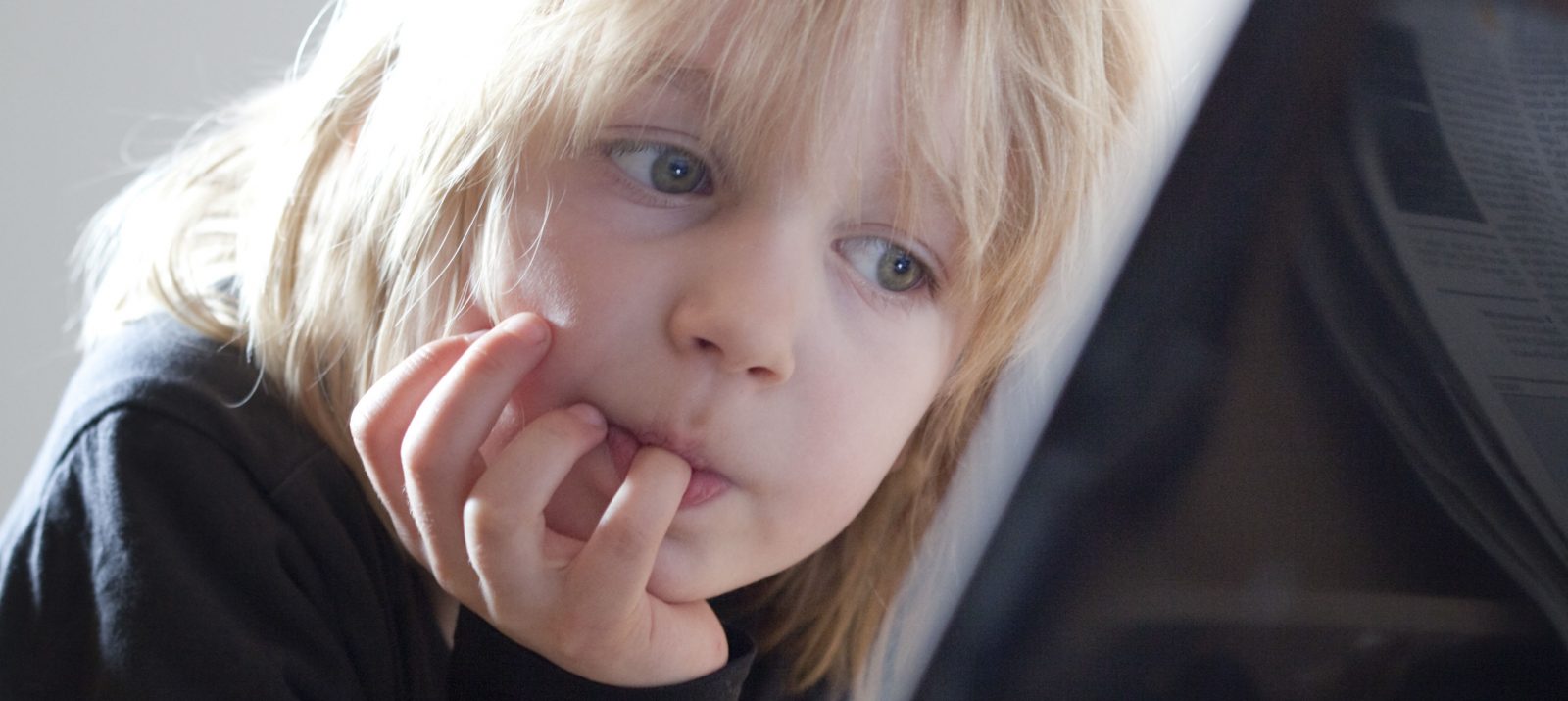Your child is approximately between 6 and 12 years old and already on the Internet? Children of this age should be accompanied by adults when surfing. Make sure your child only gets to websites that are safe and suitable for children. Germany has a comparatively uniquely large and diverse children’s website landscape. Do you and your children know and use them? So-called children’s search engines are quite well known. If you enter a search term, you are usually referred to websites that are specifically aimed at children. The best-known German children’s search engine is fragFINN. There are many other web offers for children. You can find out how to recognize a good children’s site and how child-friendly your child’s favorite site is. We have compiled the most important criteria for good children’s sites for you:
Contents
- The content and features of the website encourage children to act out their curiosity, stimulate their imagination and learn new things through play. Creative, entertaining as well as interactive elements should be incorporated.
- There is no content on the website such as text, images or videos that are scary or creepy.
Address/Design
- The website is designed to be attractive and friendly for children and easy to use.
- The site is linguistically aimed specifically at children, for example, by providing understandable and appealing texts as well as a “you” address.
Chats or communities
- There is a safe communication space that is good to find on the site. Safe means there is moderation or/and the use of technical functions.
- Moderators respond quickly to children’s questions or questionable entries.
Imprint
- There is an imprint that makes clear who or which company is responsible for the content of the website.
- The site operators can be quickly reached via the contact details provided.
Privacy
- No personal data of the child – such as an e-mail address – should be requested for entering the website as well as on the site itself. If data is requested, this should only be done very sparingly and an explanation should be provided as to why this is necessary. In such a case, there is a hint that the child should ask an adult if he/she needs to enter data.
- There is an understandable privacy policy that is easy to find and, in the best case, in child-friendly language.
Advertising
- The children’s site is free of advertising. If advertisements are included, they are clearly recognizable as such for children and separated from the editorial area. There are no requests to buy as well as enticing, misleading advertising phrases or even problematic advertising content.
External links
- The Internet lives through networking. Especially on children’s pages, however, links to other websites should be made clear, e.g. by a note on an intermediate page. Reference is made only to harmless Internet sites.
Parents area
- There is a parents’ area that informs adults about the website (e.g. about the content and the target group) and contains a note on compliance with the protection of minors from harmful media and (link) tips on safe surfing for children.
If your child surfs on good children’s sites, he or she can learn how to recognize reputable websites. If your child would like to find out in a playful way how fit and safe he or she already is on the Internet, he or she can take the “internet license” at the Internet ABC: To the surfing license quiz
